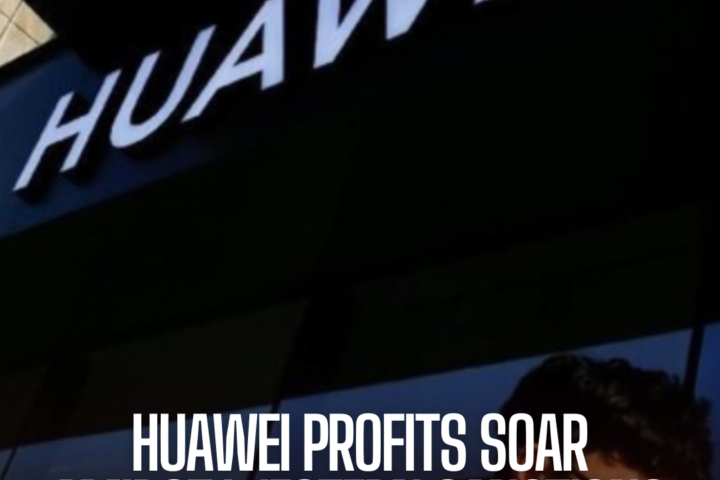There was a time when it appeared Tesla could do no wrong.
In just over a decade, Tesla has transformed from a technology upstart to a mass-market carmaker, investing heavily in clean energy and experiencing a meteoric rise in value.
However, the company is currently grappling with several challenges that have led to falling car sales, intense compettion, and a decline in its share price.
Challenges:
- Falling Car Sales: Tesla’s revenues have been impacted by lower car sales, which have also affected its profitability. The company’s share price has dropped by over a quarter since the beginning of the year.
- Competition from Chinese Brands: Tesla faces fierce competition from Chinese automakers in key markets, adding pressure on its sales and market share.
- Issues with Cybertruck: The much-hyped Cybertruck has encountered problems, further adding to Tesla’s challenges and denting investor confidence.
- Restructuring and Layoffs: In response to its financial struggles, Tesla is undergoing a restructuring process, including laying off around 10% of its global workforce, including senior executives and the team responsible for its supercharger network.
Also read: Amazon’s advertising revenue surges by 24%
Historical Perspective:
- Electric Car Revolution: Elon Musk, Tesla’s CEO, has been at the forefront of challenging the perception that electric cars are inferior to gasoline cars. The launch of the Model S in 2012 marked a significant milestone in this effort, showcasing electric cars’ potential for performance and range.
- Expansion and Growth: Since then, Tesla has expanded its product lineup and production capacity, launching several models and establishing gigafactories in key locations worldwide. It has aimed to position itself as a mass-market manufacturer, delivering significant numbers of vehicles annually.
Conclusion:
While Tesla has achieved remarkable success in revolutionizing the automotive industry and popularizing electric vehicles, it faces significant challenges as it navigates a rapidly evolving market landscape.
The company’s ability to address these challenges, innovate, and adapt to changing consumer preferences will determine its future success and sustainability.
























